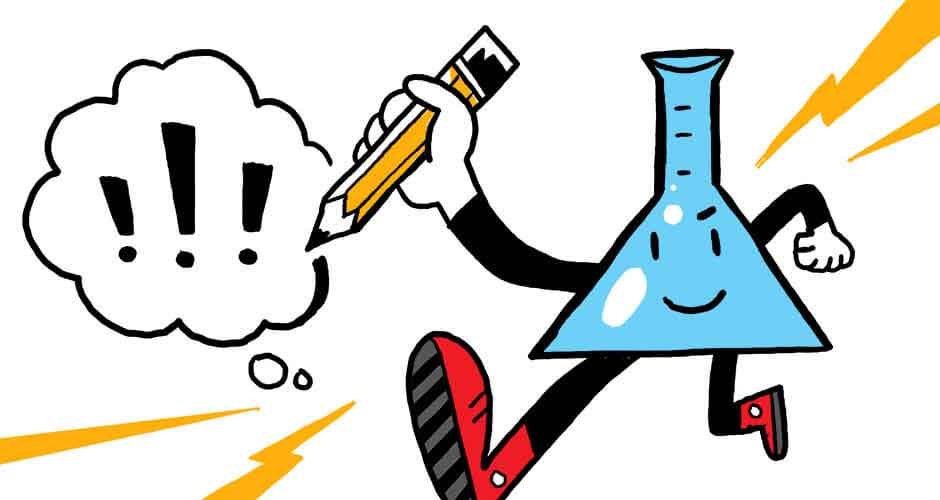Here in this digital age when it seems like everything in the world is happening on a screen, and where business presentations are all done with PowerPoint, one might be forgiven for thinking that the practice of writing and drawing on a large paper to get your point across went out with phone booths and computer monitors shaped like microwave ovens, but, as it turns out, you would be wrong! There is a new take on the old ways that is taking the corporate world by storm, and that is the art and social science of graphic facilitation!
This amazingly effective technique utilizes images to get a group’s rapt attention and lead them toward a shared goal. The process is guided by a graphic facilitator who uses drawing tools like markers, coloured pencils, and crayons, to draw out ideas on poster board displays. You can learn how to do it by taking a graphic facilitation course that will teach you all you need to know, and amazingly enough, drawing skills aren’t even a requirement!
You are probably wondering just how does this all work? A graphic facilitator assists groups and individuals to learn and communicate by expressing ideas in drawn and written form. The human brain relies heavily on the eye to gather and process information. Graphic facilitators have the ability to capitalise on that natural mental ability to discover keys to knowledge that the group holds in their minds and use graphics to unlock that knowledge and present it back to them in ways that are easy to understand and process. Working on problems and goals graphically helps people to better understand and “see what they mean”, transmitting those ideas back to them in a fun, easy, and highly effective manner.
Not everything in graphic facilitation is new, humans have been engaged in it in one form or another since the dawn of time by making pictures to tell stories. The famous cave wall paintings of France are great examples of an early use of graphic facilitation. Scientists now think the images not only tell the story of a hunt, but the art also gives subtle, important information on hunting techniques, the best season to hunt in, and so on. These early humans were transmitting a complex message using symbols and pictures.
Here is a list of the many ways using graphic facilitation can help with problem solving here in modern times:
- Foster a speedy and readily understandable transfer of information
- Provide people with a clear understanding of problems and issues
- Break down language barriers
- Make ideas more exciting and attractive
- Demonstrate that a picture really is worth a thousand words!
- Release the mind’s subliminal power through storytelling
- Form images that make more sense in our mind than just words do
- Visualize ideas to increase mutual understanding
- Decreases misunderstandings and aids in conflict resolution
- Collects and displays information in a positive, participatory way
- Helps everyone find and understand the key points of an issue
Graphic facilitation is proving to be one of the best methods we have to get more out of group think meetings, but don’t just take our word, experience it for yourself!






